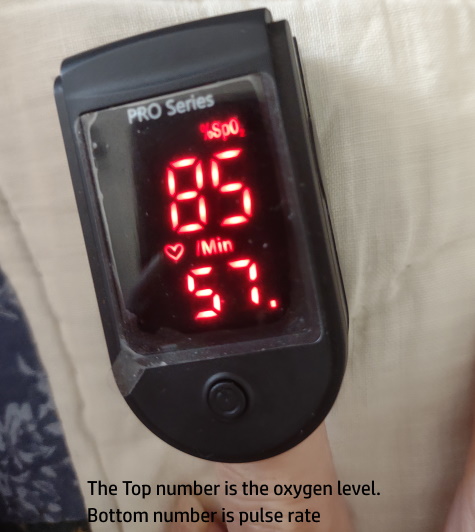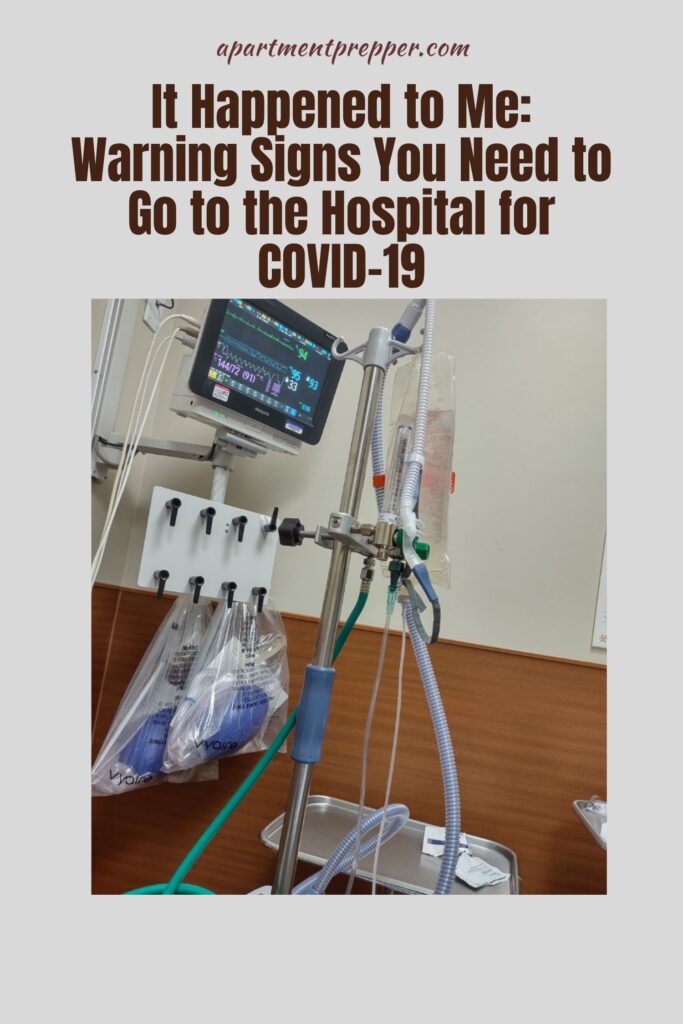Written by Bernie Carr
As I write this, many restrictions such as wearing a mask if you are vaccinated are being lifted. However, there is not a way to check, it is on the honor system and entirely the person’s choice. Understandably, people have felt cooped up for many months and are ready to venture out. Reported cases are lower, according to the Centers for Disease Control (CDC).
Also, there are variants of the virus being reported:
To date, five variants have been classified as a variant of concern (VOC). Nowcast estimates* of SARS-CoV-2 cases caused by these VOCs for the two weeks ending May 22 are summarized here. Nationally, B.1.1.7 proportions are predicted to stay at 74%; P.1 proportions are predicted to increase to 9.6%. B.1.427/B.1.429 proportions are predicted to decrease; and B.1.351 proportions are predicted to stay the same.
https://www.cdc.gov/coronavirus/2019-ncov/covid-data/covidview/index.html
It happened to me
In spite of being vigilant, staying away from crowds and gatherings, I fell ill. I got myself tested for COVID-19 right away. The test came out positive for COVID-19 so I self-isolated.
As soon as I tested positive, my daughter sent me a pulse oximeter, also known as a blood oxygen monitor.
The symptoms were very mild for me at first. These were my symptoms:
-low grade fever
-headache
-loss of taste
They are among the common symptoms CDC indicates there are other symptoms to look out for:
- Fever or chills
- Cough
- Shortness of breath or difficulty breathing
- Fatigue
- Muscle or body aches
- Headache
- New loss of taste or smell
- Sore throat
- Congestion or runny nose
- Nausea or vomiting
- Diarrhea
The symptoms got worse
A week later, my symptoms got much worse:
I got an uncontrollable cough, and soon after, difficulty breathing. My blood oxygen level was dropping.

According to medical personnel at the hospital, blood oxygen should be at least 90, but mine was dropping down to below 85.
I am not a medical professional – I am just sharing the story on what happened to me.
When to go to the emergency room
Per the CDC, these are the warning signs to watch for:
- Trouble breathing
- Persistent pain or pressure in the chest
- New confusion
- Inability to wake or stay awake
- Pale, gray, or blue-colored skin, lips, or nail beds, depending on skin tone
In my case, I was having trouble breathing, and felt pressure in my chest as I caught the next breath. Just taking just a few steps to go to the bathroom felt difficult. When I got to the ER, I was immediately seen and given oxygen, and soon after was admitted as a patient.
I am slowly recovering at the moment and will share the rest of my story when I feel up to writing again. For the next article in the series, see It Happened to Me: What is COVID-19 Pneumonia?
We are an affiliate of Amazon.com, which means we received a small commission if you click through one of our Amazon links when you shop, at totally no cost to you. This helps keep the lights on at the blog. Thanks!
About the author:
Bernie Carr is the founder of Apartment Prepper. She has written several books including the best-selling Prepper’s Pocket Guide, Jake and Miller’s Big Adventure, The Penny-Pinching Prepper and How to Prepare for Most Emergencies on a $50 a Month Budget. Her work appears in sites such as the Allstate Blog and Clark.com, as well as print magazines such as Backwoods Survival Guide and Prepper Survival Guide. She has been featured in national publications such as Fox Business and Popular Mechanics. Learn more about Bernie here.


